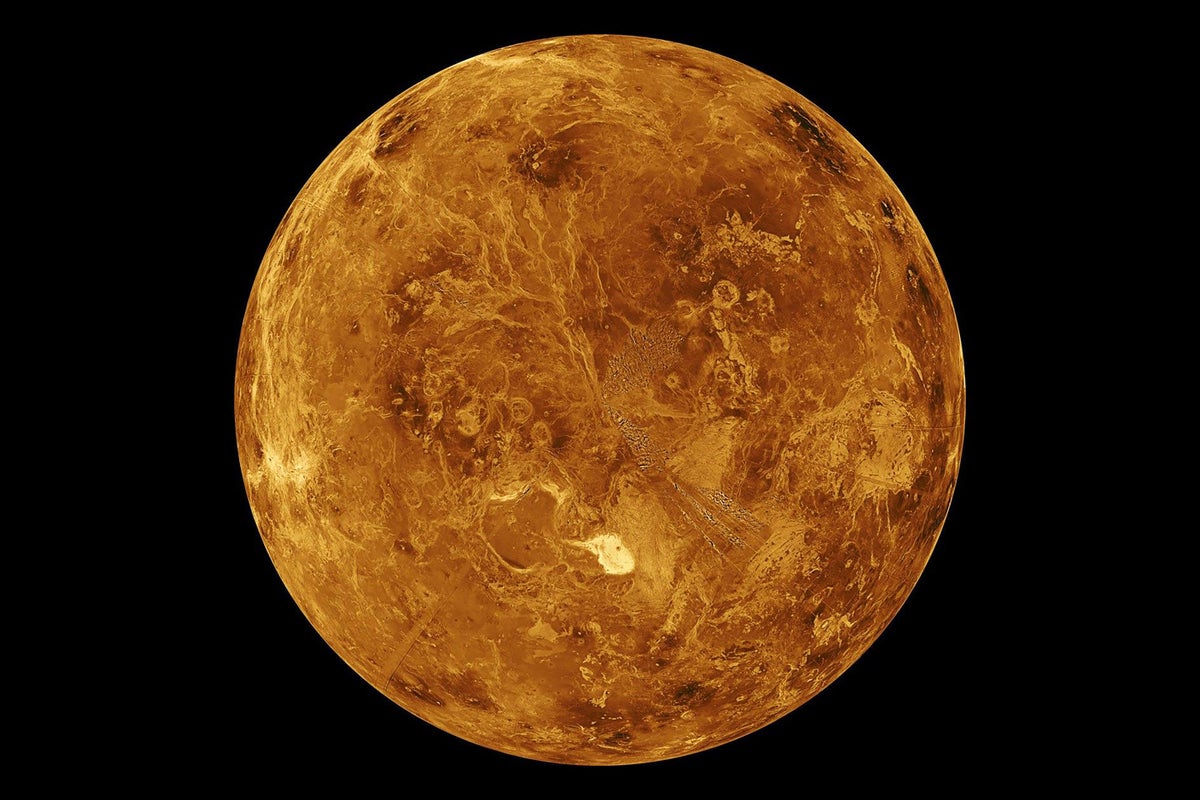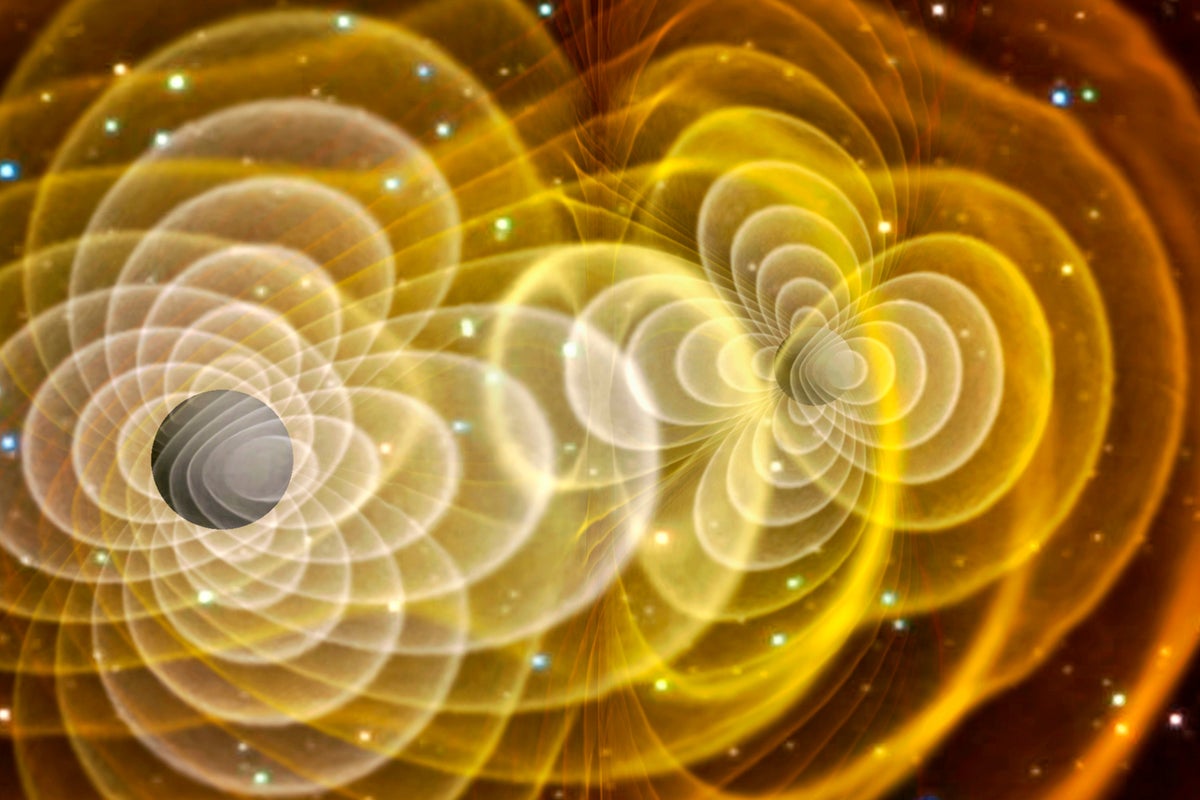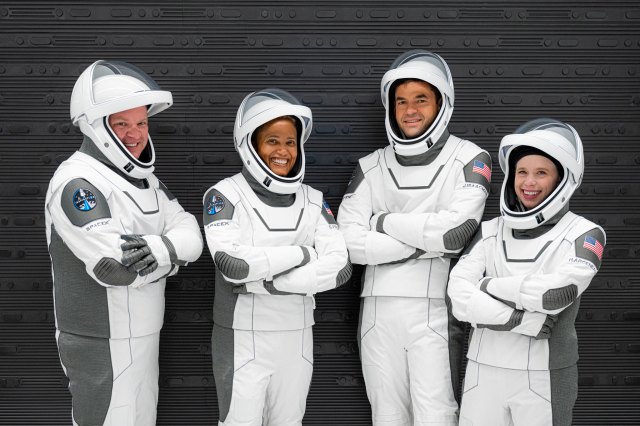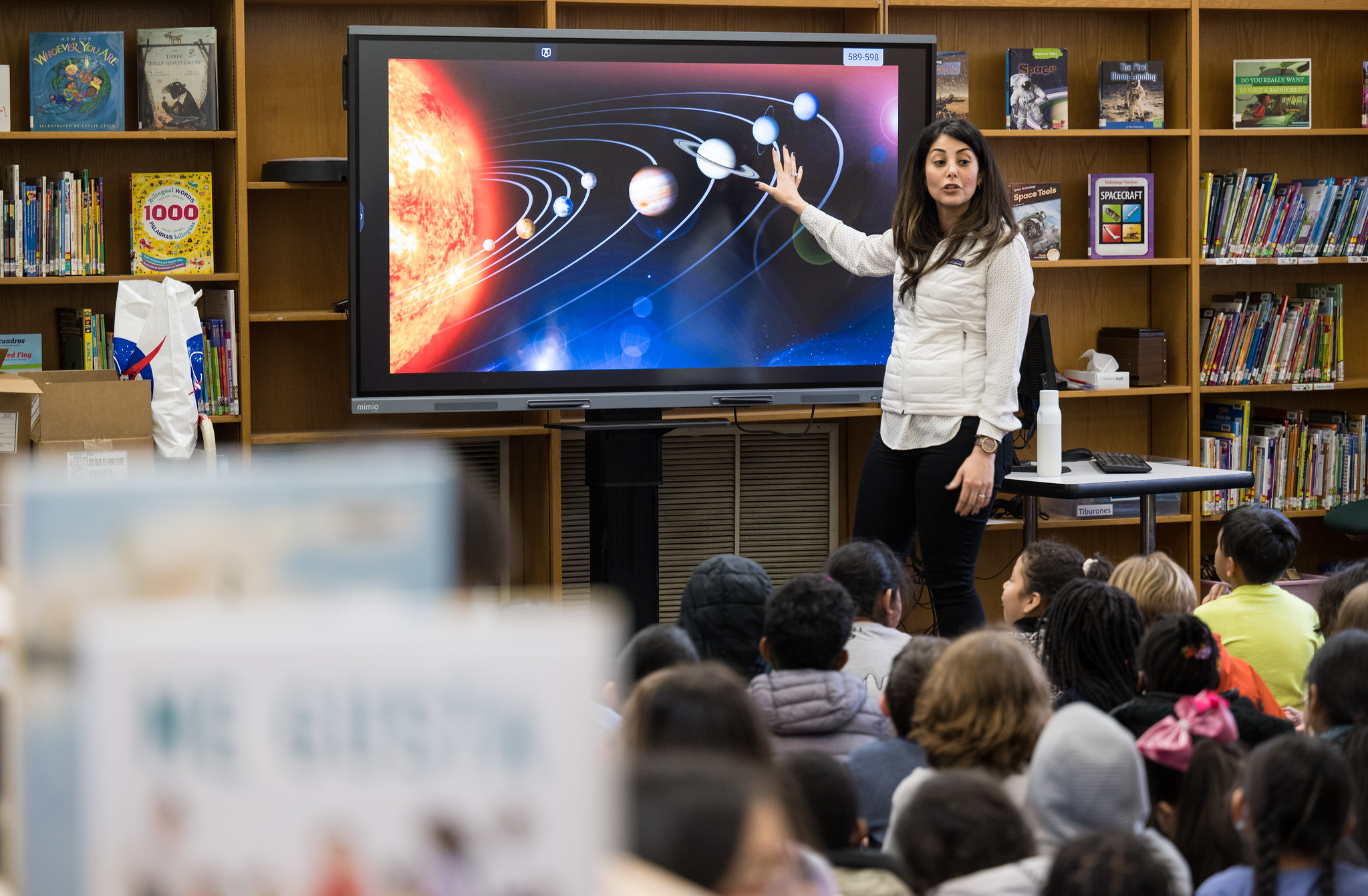NASA’s OSIRIS-REx Earns Neil Armstrong Space Flight Achievement Award
NASA’s OSIRIS-REx (Origins, Spectral Interpretation, Resource Identification, and Security – Regolith Explorer) team received the American Astronomical Society’s Neil Armstrong Space Flight Achievement Award “for exceptional performance and extraordinary perseverance in successfully delivering a sample from asteroid Bennu to Earth.” The award, named after the first person to walk on the Moon, is given annually […]
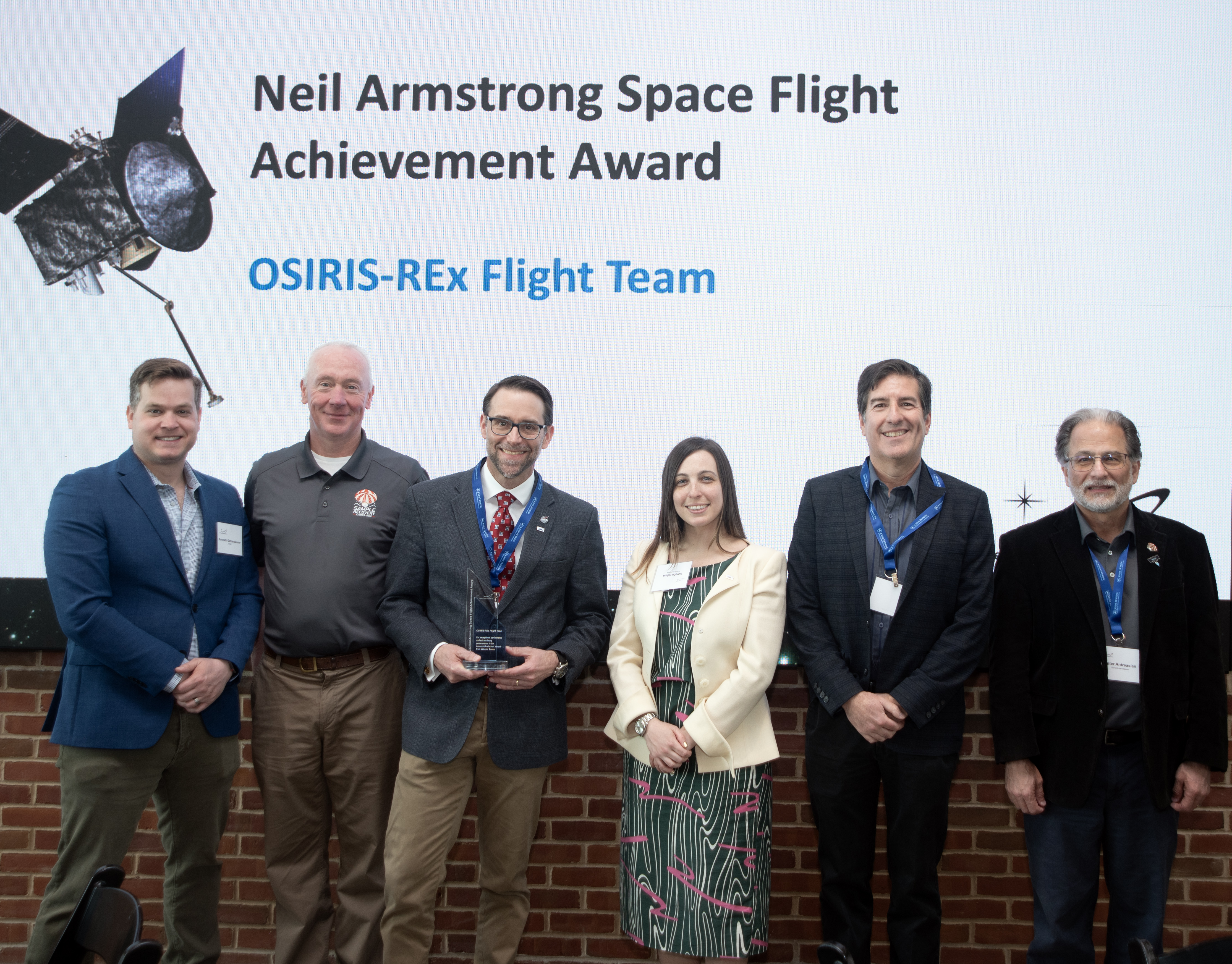
3 min read
Preparations for Next Moonwalk Simulations Underway (and Underwater)
NASA’s OSIRIS-REx (Origins, Spectral Interpretation, Resource Identification, and Security – Regolith Explorer) team received the American Astronomical Society’s Neil Armstrong Space Flight Achievement Award “for exceptional performance and extraordinary perseverance in successfully delivering a sample from asteroid Bennu to Earth.” The award, named after the first person to walk on the Moon, is given annually and recognizes the extraordinary contributions made by individuals or teams in the advancement of space exploration.
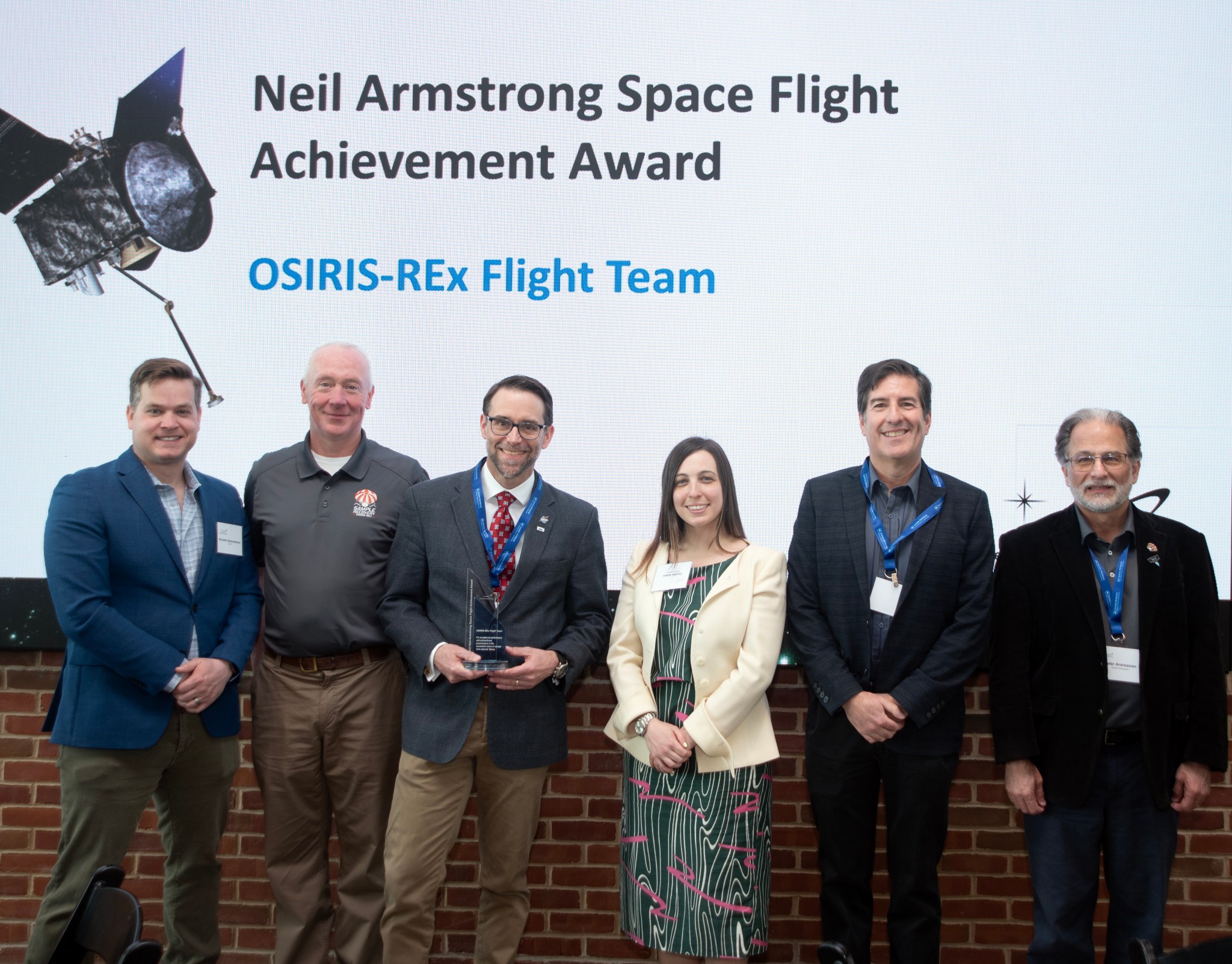
The OSIRIS-REx team includes members from NASA’s Goddard Space Flight Center, Greenbelt, Maryland; Lockheed Martin in Littleton, Colorado; the University of Arizona, Tucson; and KinetX in Tempe, Arizona.
OSIRIS-REx launched Sept. 8, 2016, and the mission had to overcome many obstacles on its seven-year journey to Bennu and back.
“Bennu’s small size presented unprecedented challenges for the team to navigate safely near the asteroid,” said Michael Moreau, OSIRIS-REx deputy project manager at NASA Goddard. “In addition to these known challenges, Bennu threw a number of curveballs during the mission’s encounter between 2019-2020.”
The asteroid presented its first surprise in December 2018 when NASA’s spacecraft arrived at Bennu. The OSIRIS-REx team found a surface littered with boulders, and no areas in which the spacecraft could safely touch down to collect a sample unless navigation performance was improved significantly over what was designed before launch. The team also discovered that Bennu was ejecting particles of rock into space.
Despite the challenges, on Oct. 20, 2020, OSIRIS-REx descended to the surface of asteroid Bennu, touched down within three feet from the targeted point, collected a sample, delivering it to Earth on Sept. 24, 2023. The 4.29 ounces (121.6 grams) ultimately collected represents the largest asteroid sample ever collected in space and over twice the mission’s mass requirement. The sample will give researchers worldwide a glimpse into the earliest days of our solar system, offering insights into planet formation and the origin of organics essential for life on Earth. Data collected by the spacecraft combined with future analysis of the Bennu sample will also aid our understanding of asteroids that could impact Earth.
The award was presented at the 61st Goddard Space Science Symposium, held at the University of Maryland’s College Park campus. This is one of many recognitions the mission has received in the past month, including Aviation Week Network’s 66th Laureate Award, the 2024 Dr. Robert H. Goddard Memorial Trophy, and the National Aeronautical Association’s Robert J. Collier Trophy.
NASA Goddard provides overall mission management, systems engineering, and the safety and mission assurance for OSIRIS-REx. Dante Lauretta of the University of Arizona, Tucson, is the principal investigator. The university leads the science team and the mission’s science observation planning and data processing. Lockheed Martin Space in Littleton, Colorado, built the spacecraft and provides flight operations. Goddard and KinetX Aerospace are responsible for navigating the OSIRIS-REx spacecraft. Processing and curation for OSIRIS-REx’s Bennu sample takes place at NASA’s Johnson Space Center in Houston. International partnerships on this mission include the OSIRIS-REx Laser Altimeter instrument from CSA (the Canadian Space Agency) and asteroid sample science collaboration with JAXA’s (the Japan Aerospace Exploration Agency) Hayabusa2 mission. OSIRIS-REx is the third mission in NASA’s New Frontiers Program, managed by the agency’s Marshall Space Flight Center in Huntsville, Alabama, for the agency’s Science Mission Directorate at NASA Headquarters in Washington.
Find more information about NASA’s OSIRIS-REx mission at:
https://science.nasa.gov/mission/osiris-rex
Rani Gran
NASA’s Goddard Space Flight Center, Greenbelt, Md.
Share
Details
Related Terms
What's Your Reaction?



















